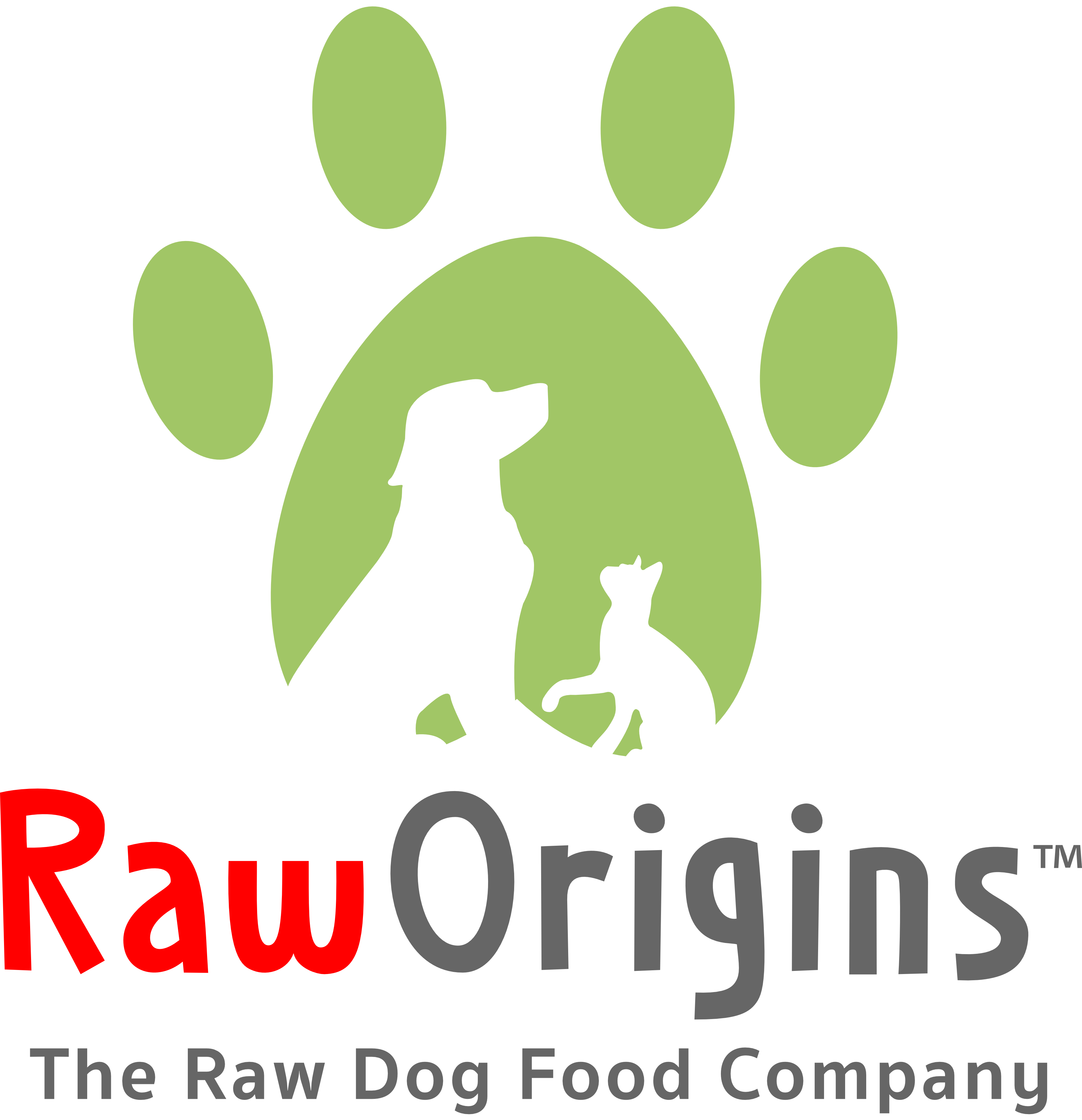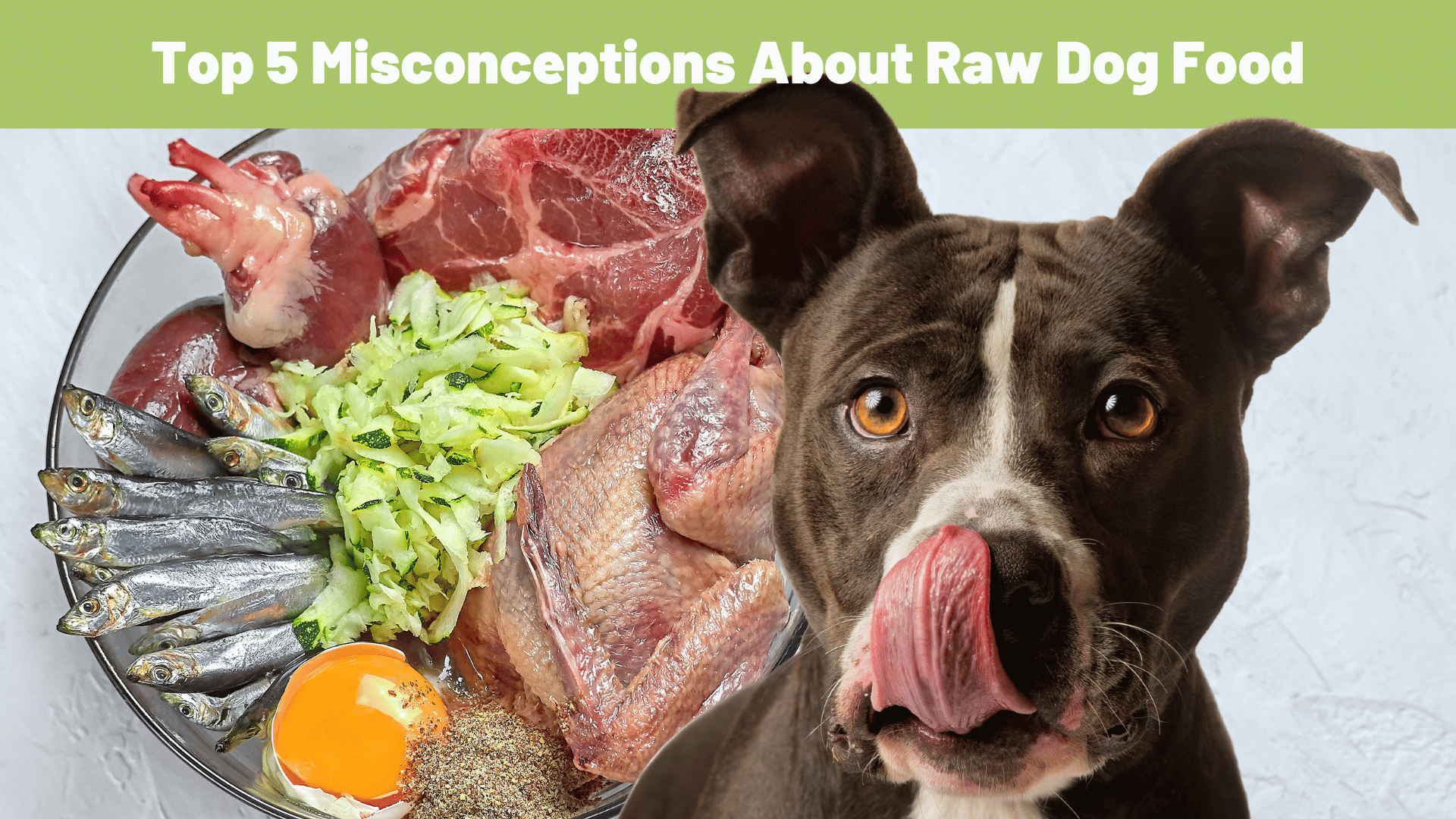In recent years, the popularity of raw dog food diets has surged as pet owners seek to provide the best nutrition for their furry companions. However, along with the growing interest, there are also numerous misconceptions surrounding raw dog food. These misunderstandings can lead to confusion and hesitation among pet owners who are considering switching their dog’s diet. In this article, we aim to debunk the top five misconceptions about raw dog food to provide clarity and help pet owners make informed decisions about their canine companions’ nutrition.
Misconception 1: Raw diets are dangerous for dogs due to bacteria
One of the most common concerns surrounding raw dog food is the risk of bacterial contamination, such as Salmonella and E. coli. While it’s true that raw meat can harbor these pathogens, it’s essential to understand that dogs have robust digestive systems that are well-equipped to handle bacteria that may be present in raw food. Additionally, proper handling and storage practices, along with sourcing high-quality ingredients, can significantly reduce the risk of contamination. Many raw dog food manufacturers implement strict quality control measures to ensure the safety of their products.
Misconception 2: Raw diets are nutritionally imbalanced
Some people believe that raw diets lack essential nutrients and are therefore not suitable for providing complete and balanced nutrition to dogs. However, when formulated correctly, raw dog food can offer a wide range of nutrients necessary for canine health. Many raw diets incorporate a variety of meats, bones, organs, and vegetables to mimic the natural diet of dogs’ wild ancestors. Additionally, supplements can be added to address any nutritional gaps, ensuring that dogs receive all the vitamins and minerals they need to thrive.

Misconception 3: Raw diets are expensive
While it’s true that high-quality raw dog food can be more expensive than traditional kibble, the long-term benefits may outweigh the initial cost. Raw diets have been associated with numerous health benefits, including improved digestion, healthier skin and coat, and increased energy levels, which can lead to fewer vet visits and lower healthcare costs in the long run. Moreover, some pet owners choose to prepare raw meals at home, which can be more cost-effective than purchasing pre-made raw food.
Misconception 4: Raw diets are time-consuming to prepare
Another common misconception is that feeding a raw diet requires a significant amount of time and effort. While it’s true that raw feeding involves more preparation than simply scooping kibble into a bowl, many pet owners find that the benefits outweigh the extra effort. Additionally, there are now numerous commercially available raw dog food options that make feeding raw more convenient than ever. Some pet owners choose to prepare large batches of raw meals in advance and freeze them for later use, further streamlining the process.
Misconception 5: Raw diets are not suitable for all dogs
Some people believe that raw diets are only suitable for certain types of dogs, such as working breeds or those with specific health conditions. However, raw feeding can benefit dogs of all breeds, ages, and sizes. While it’s essential to consult with a veterinarian before making any significant changes to your dog’s diet, many dogs thrive on a raw food diet, regardless of their breed or health status. With proper research, planning, and guidance from a knowledgeable professional, raw feeding can be a safe and beneficial option for most dogs.
While there are certainly valid considerations to keep in mind when feeding a raw diet to dogs, many of the most common concerns are based on misconceptions rather than facts. By understanding the benefits and potential risks associated with raw feeding and taking appropriate precautions, pet owners can provide their canine companions with a nutritious and balanced diet that supports their overall health and well-being.

